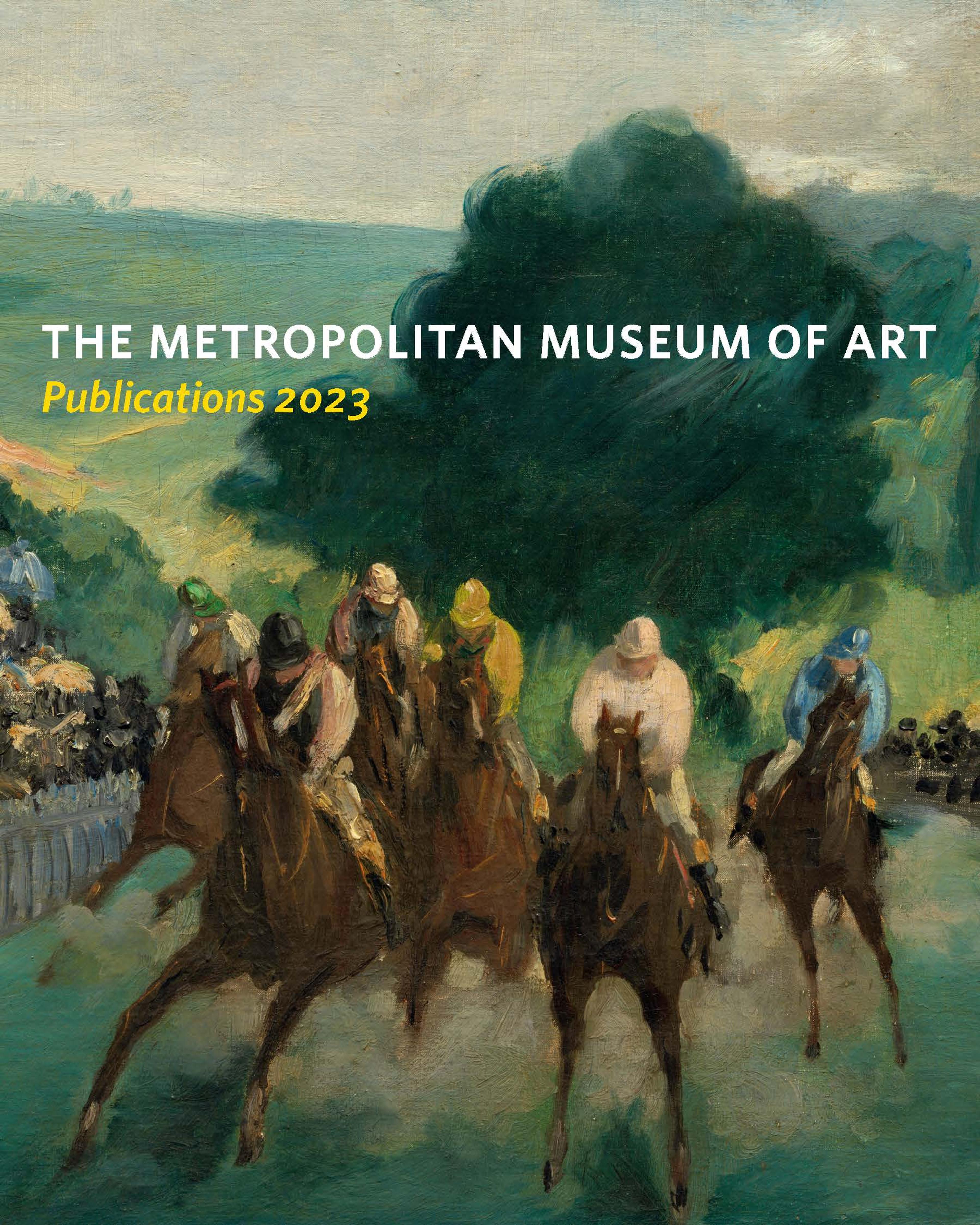Cypresses
Cypresses was painted in late June 1889, shortly after Van Gogh began his yearlong stay at the asylum in Saint-Rémy. The subject, which he found "beautiful as regards lines and proportions, like an Egyptian obelisk," both captivated and challenged the artist: "It’s the dark patch in a sun-drenched landscape, but it’s one of the most interesting dark notes, the most difficult to hit off exactly that I can imagine." One of two close-up views of the "very tall and massive" trees in a vertical format (the other is in the Kröller-Müller Museum, Otterlo), Cypresses was shown in the 1890 Salon des Indépendants.
Artwork Details
- Title: Cypresses
- Artist: Vincent van Gogh (Dutch, Zundert 1853–1890 Auvers-sur-Oise)
- Date: 1889
- Medium: Oil on canvas
- Dimensions: 36 3/4 x 29 1/8 in. (93.4 x 74 cm)
- Classification: Paintings
- Credit Line: Rogers Fund, 1949
- Object Number: 49.30
- Curatorial Department: European Paintings
More Artwork
Research Resources
The Met provides unparalleled resources for research and welcomes an international community of students and scholars. The Met's Open Access API is where creators and researchers can connect to the The Met collection. Open Access data and public domain images are available for unrestricted commercial and noncommercial use without permission or fee.
To request images under copyright and other restrictions, please use this Image Request form.
Feedback
We continue to research and examine historical and cultural context for objects in The Met collection. If you have comments or questions about this object record, please complete and submit this form. The Museum looks forward to receiving your comments.
